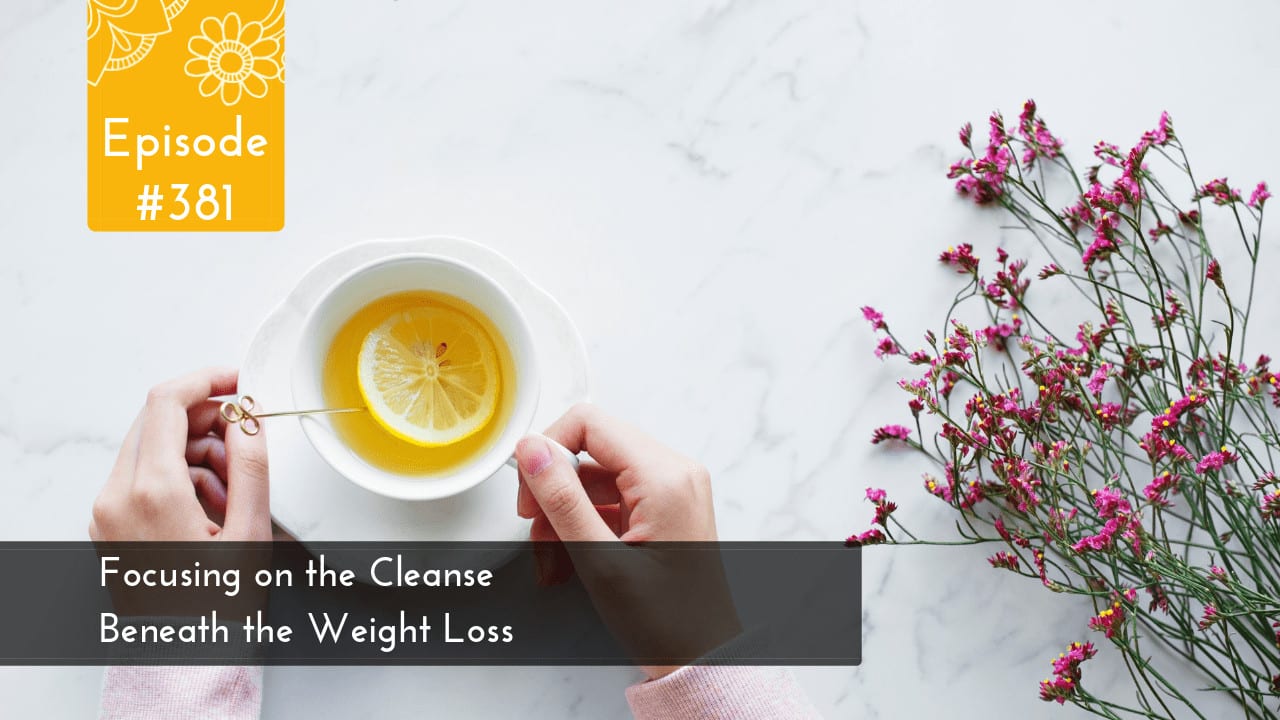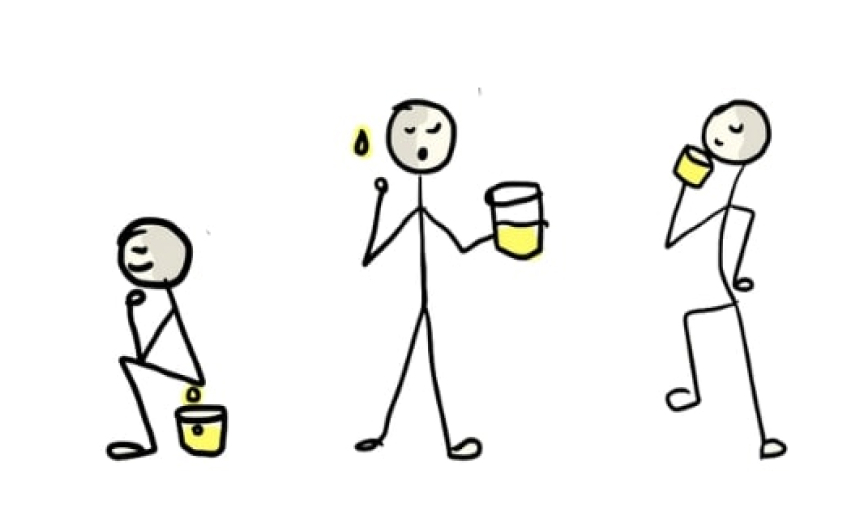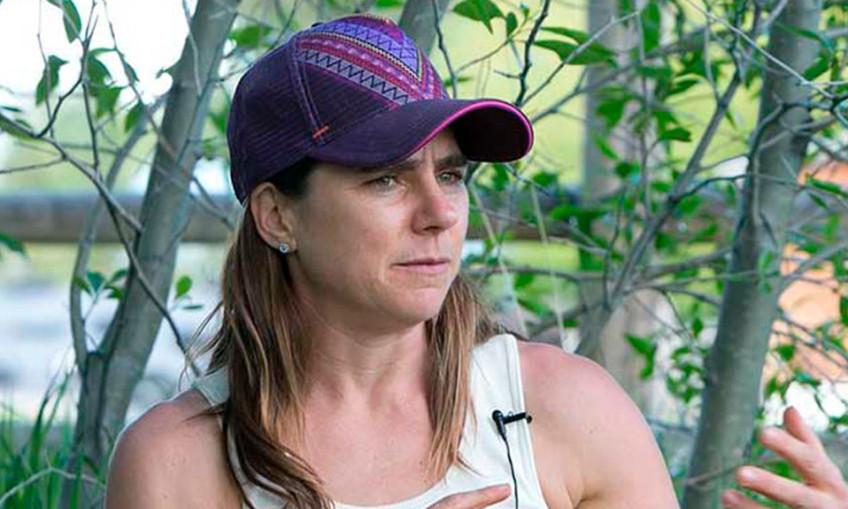Sunscreen, Skin Care + Ayurveda
Is most Sunscreen really that bad?
After I interviewed Erik Kreider with my Living Ayurveda Course the answer was clearly yes. Slowly. Behind scenes. The sunscreen I slather on my child is toxing her liver, her kidneys, her blood. Erik taught me it’s toxing every cell in her body. Perhaps that is why she hates it. (She loves the raw extra virgin coconut oil we slather on at the end of the day).
What does your skin do with all the chemicals?
Your skin is permeable. When you put sunscreen on, you might feel like your skin can’t breath. That is what I notice. In Ayurveda, we feed our skin food. Only food-grade nutrients are in good Ayurvedic skin care products. I make almost all of mine at home. In Mexico I grind hibiscus with oats for my cleanser. I dilute coconut oil for a moisturizer. And yet… I use “organic” sunscreen. At least I used to. Until Living Ayurveda talked to Erik.
Oxybenzone, BHT, diethylhexyl2, methylparaben, trideceth-6 …
The list goes on. Just look at your bottle. Erik reports that 60-80% of this chem lab mix gets picked up in your blood stream. What does that mean for your liver? Your kidneys? Your brain? It’s not good. It’s not easy to excrete. Erik says 1 dose of sunscreen (as recommended on the bottle) is enough to undue a year of clean eating.
“Whenever you introduce a foreign chemistry, compared to your natural physiology and your natural biochemistry you’re going to disrupt your biochemistry . Everything else has side effects.When you absorb things through your skin – it’s more dangerous than eating it. When you eat, it goes into the portal vein, gets delivered it to the LIVER – the toxic waste processing plant of our bodies. It has a chance to get filtered out by the liver. Or metabolized into something less toxic.
The problem with transdermal (applying petrochemicals to the skin) it goes through whole body -not to liver – to get filtered out. The petrochemicals might circulate 20 times throughout your body – and have a chance to accumulate in all of your tissue- everywhere. There are no other chemistries that you take this much of.”
Check out this study : Oxybenzone in Blood to learn more!
What does that spell? Endocrine disruption… asthma… cancer… + more.
Listen to Erik talk about the chemical soup facing our inner organs every time we slather on the stuff. He talks about how in one study they found oxybenzone in signifcant levels remaining in 98% of the thousands of people in the study.
“From the CDC study of bio accumulation in humans – looking at urine samples for oxybenzone. I don’t know why it didn’t get more press. They found oxybenzone in 98% in 2800 humans. And not just in trace levels. These were levels that I as a biochemist, I was freaked out about. This stuff is staying in our bodies. It was shocking to me.
And another study on “Endocrine disrupters and asthma-inducing chemistrys” – sunscreens were at the top of the list with the other nasty petrochemicals that are prevalent in plastics. That was a pretty instructive study that got almost no press. The concentrations you are using are so high. If you apply 1 oz. of sunscreen, 9 grams of active ingredients, 60-80% can get absorbed. There is no other drug on the planet you take 5 grams of. And FDA regulates these chemistry’s as drug when taken internally (not externally) because they have side effects.
Using common sense biochemistry the petrochemicals degrade our systems: aging, oxidation, cancer-associated with both of oxidation damage over time- natural systems that prevent cells that grow out of control. If you live long enough – get cancer. Carcinogenic properties of petrochemicals are cancerous. Each of our cells can get “hit” 5 to 7 times before going into uncontrolled growth.
Let’s minimize the causal chemistrys. Let’s minimize what we have control over. The less damage you accumulate the healthier you’ll be. Pay attention to your body. The cleaner you live -the more you are able to tell.”
Check out this study: Endocrine Disruptors and Asthma Associated Chemicals in Consumer Products to learn more!
What is non-toxic Sunscreen?
Basically, you need non-nano Zinc oxide and an oil to smooth in on your skin. Zinc oxide is a powder. It spreads and stays on better with an oil. Here is what is in Erik’s sunscreen. Click the image if you want to buy it. Or … make your own. All of the ingredients are easily found online.
Make your own sunscreen
Erik began making sunscreen in his kitchen. You’ll need a non-nano zinc powder. He adds iron oxide so you don’t have to look like a ghost. He also uses shea butter and a few more ingredients you see above. The basics – blend the zinc powder into some oil. Listen to the audio has Erik explains, and read up yourself.
But sunscreen can be very hard to make. It’s difficult to get the SPF you want. Read about it. I’m not saying you shouldn’t try… just be informed before you do. And Erik’s products are very affordable. If you are using a sunscreen that nourished your skin, it SHOULD go bad every 2-3 months. Yes – a 2-3 month shelf life is what a good sunscreen will last.
We need to adjust our thinking around this. Most of were raised in the petro-chem world of bad things lasting forever. We need to get that good thing are alive. And alive things expire!
Why don’t we know this?
The petrochemical sunscreen industry is an $8 billion industry. That is a lot of vested interest in keeping things the way they are. A lot of people don’t want to hear it and the companies don’t want the side-effect studies to become mainstream.
The Dangers of Petrochemicals in Sunscreen
According to research from the Environmental Working Group: Our review…shows that some sunscreen ingredients absorb into the blood, and some have toxic effects. Some release skin-damaging free radicals in sunlight, some act like estrogen and disrupt hormones, and several can cause allergic reactions and skin irritation. The FDA has not established rigorous safety standards for sunscreen ingredients. Sunscreens haven’t been regulated since 1978 in the USA.
About Erik Kreider
Erik chose to study Biochemistry at Stanford University.
He earned both a Bachelors and Masters in the discipline in four years.He continued his education in the industry by joining a pharmaceutical startup spun out of a laboratory. He worked in during his graduate work at the Stanford Medical Center. There he helped develop dermatological applications for the technology, invented and patented new chemistries, and managed a clinical trial for an anti-psoriasis drug formula. This is where the podcast begins. Download and listen. You’ll be so glad you did.

















